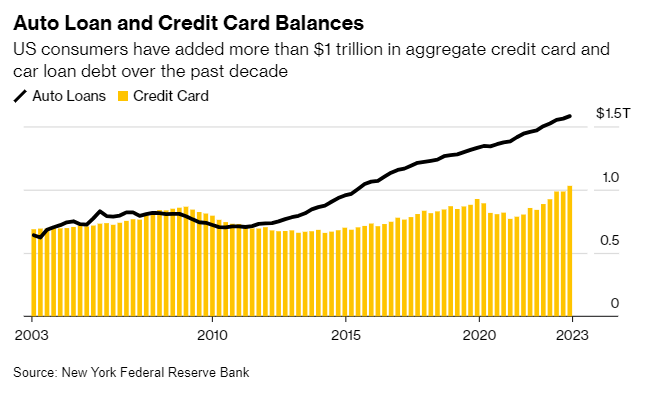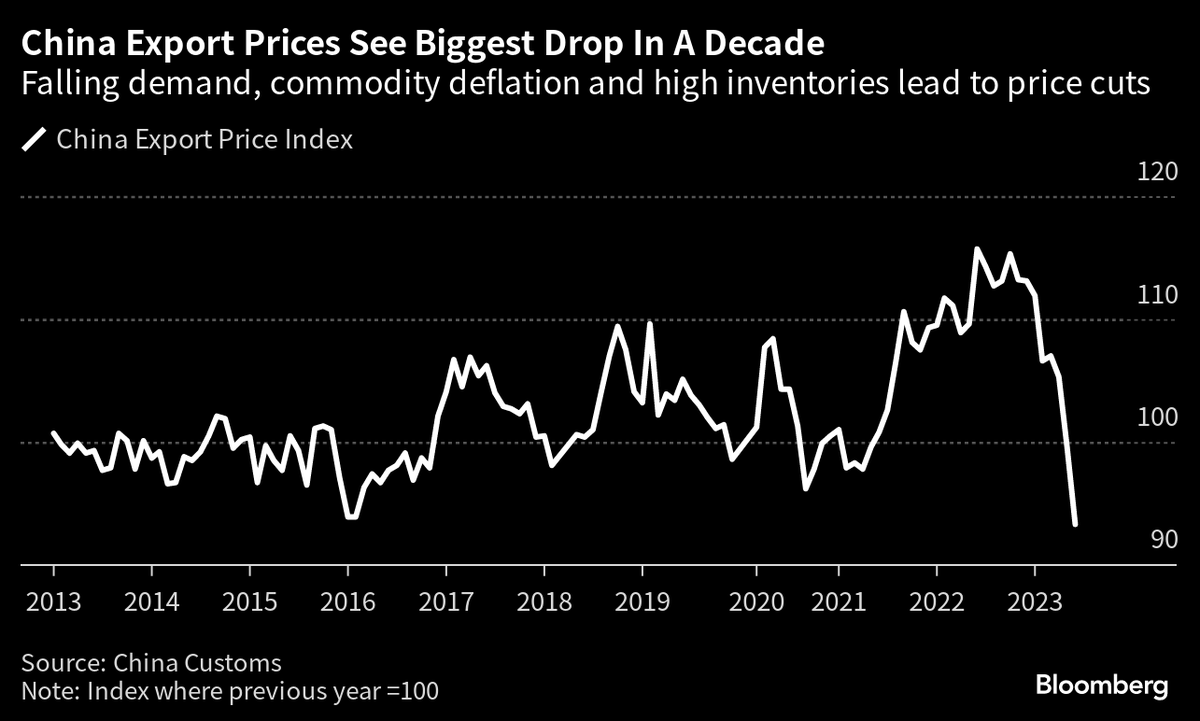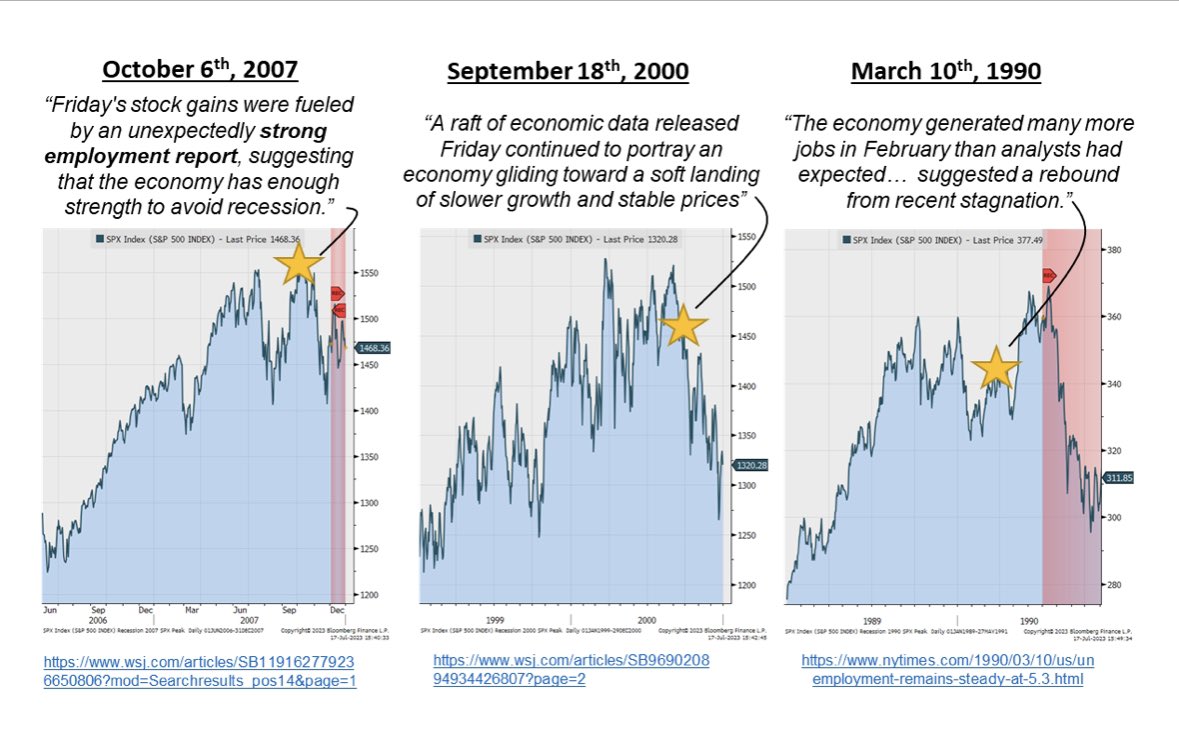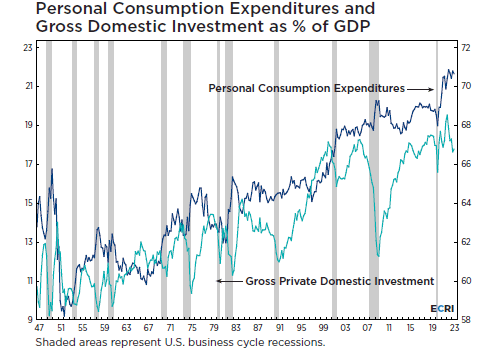After past housing bubble peaks in Canada and elsewhere, home prices contracted 25%+ nationally and stayed relatively flat in the following decade or so. That allowed incomes to advance on shelter costs and restore affordability over time. A similar pattern is the base case this time, as well. Much needed.
Tony Stillo, director of economics for Canada at Oxford Economics, joins BNN Bloomberg to discuss housing affordability in Canada. After the country hit a record worst level of unaffordability in Q2 of 2023, he believes that house prices will fall another 10 percent by early next year but says home ownership will likely not return to an affordable range until 2027. Here is a direct video link.
Also, see more on the spreading strain in commercial real estate and related debt in Big US Banks trying to dump commercial real estate loans–but buyers scarce as pressures mount for property markets.






